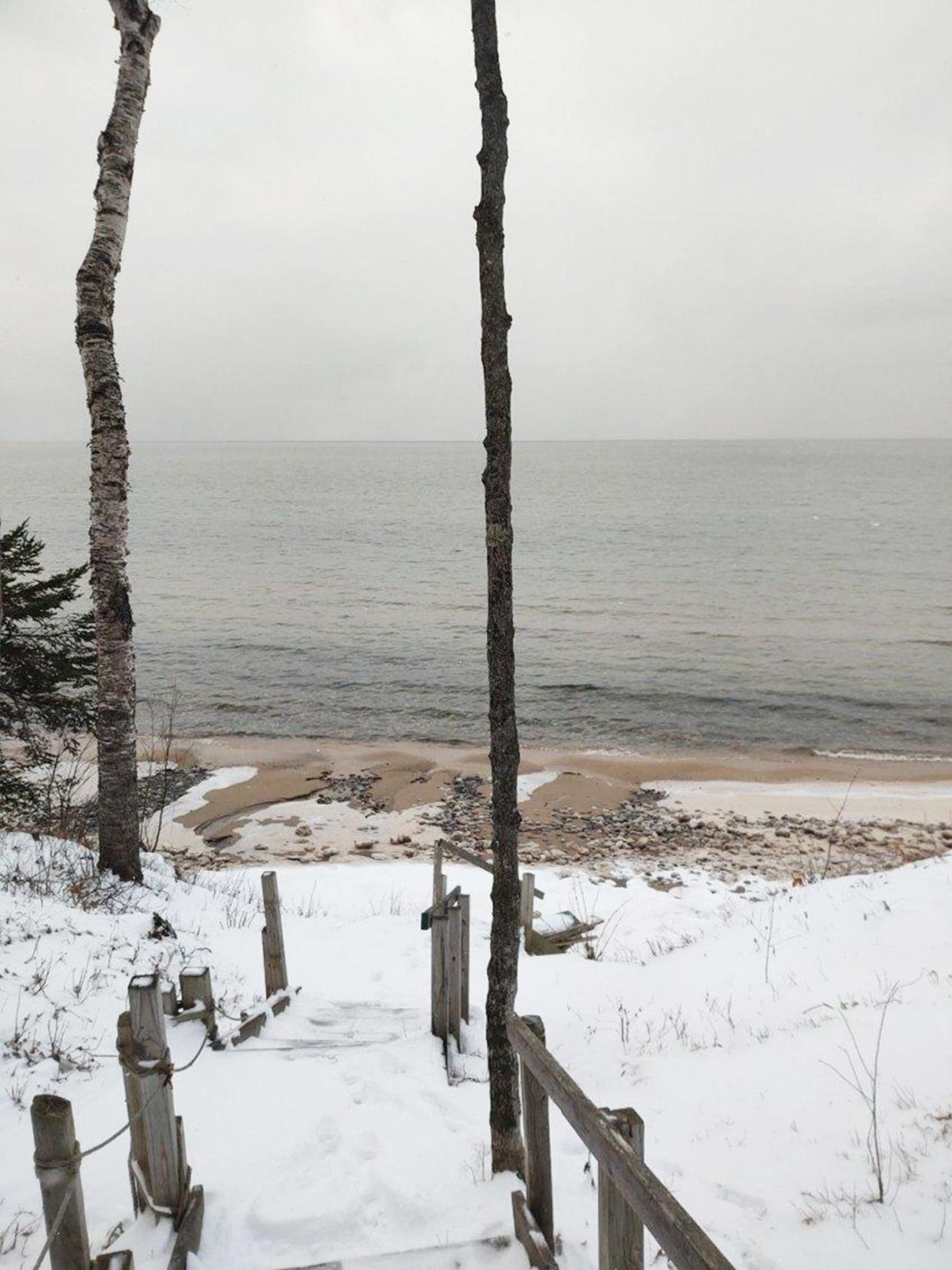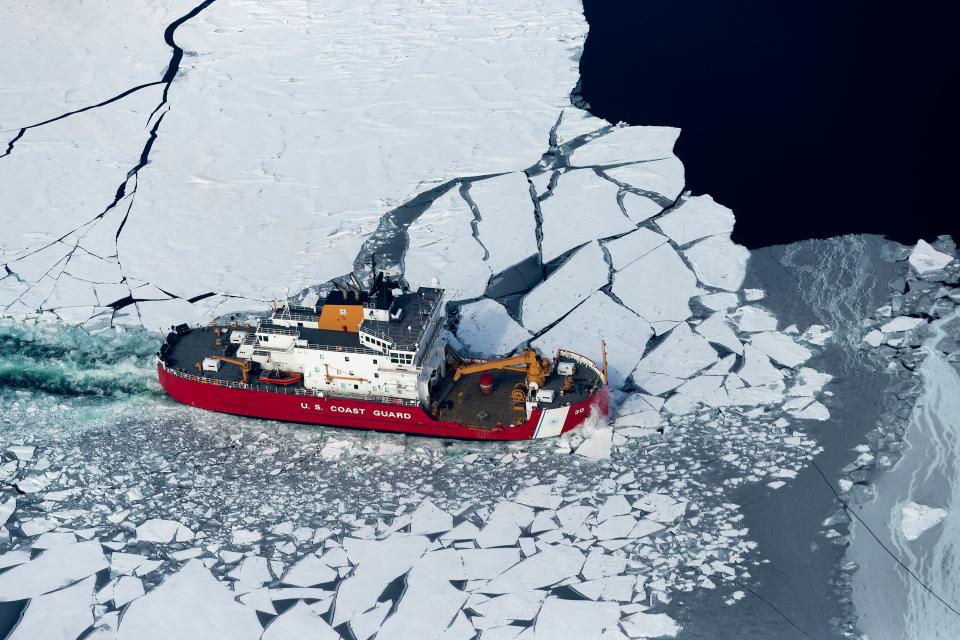Where is all the ice? Great Lakes ice coverage continues steady decline

A warm December and mostly mild January left the Great Lakes with far less ice than locals are accustomed to this time of year, with Lake Superior experiencing the most significant loss in year-over-year ice.
According to the National Oceanic and Atmospheric Administration (NOAA), this year is not an anomaly. Lake Superior is experiencing the most rapid decline in annual ice coverage of all the Great Lakes, with an ice loss of 7% every 10 years.
NOAA has been charting ice coverage on the Great Lakes since 1973. New Year’s Day 2024 recorded just 0.35% of the Great Lakes covered in ice, the lowest ever recorded for that day. The 0.35% figure was well below the expected 10%, the historical average for ice coverage on Jan. 1.
Overall, the Great Lakes have been losing ice to the tune of about 5% every decade. If the trend continues, young people today may live to see a winter in which the Great Lakes don’t accumulate ice.

According to NOAA, the lack of ice has much to do with the warming air temperature. Earth’s average land and ocean surface temperature in 2023 was 2.12 degrees Fahrenheit above the average temperature for the 20th century. Last year recorded the highest sustained global temperature among all years in NOAA’s 1850-2023 climate record.
While 2023 may have been the warmest year on record — it beat the next warmest year, 2016, by one-quarter of a degree — it’s also not an anomaly. The 10 warmest years since 1850 have all occurred in the past decade, with scientists predicting 2024 will rank in the top five warmest years since 1850.
According to NOAA scientist James Kessler, December’s temperatures around the Great Lakes soared 8-12 degrees above normal.
“We’ve had consistently above average air temps in the region, and we haven’t had consistently cold days,” Kessler said. “That’s really what you need (to produce ice coverage). You need a consistent number of days below freezing.”
Kessler noted that a particularly prolonged blast of Arctic air over several days could be enough to kick off ice accumulation. But he also said the arrival of ice on Lake Superior in the coming weeks won’t nullify the lake’s 7% per decade decline in ice coverage.
“The data is very noisy,” Kessler said, referring to the fluctuations in ice coverage from one year to the next. “But if you fit a trend line to this data (and examine it over a span of decades), you get a decreasing trend. We do see that ice cover is going down.”
NOAA scientists aren’t the only ones noting a drop in ice. The U.S. Coast Guard, responsible for icebreaking services on the Great Lakes, has also noted a drop in ice coverage.
Mark Gill, head of vessel traffic for the U.S. Coast Guard in Sault Ste. Marie, has noted a decline in ice coverage in recent years. Gill said ice coverage in January of 2023 was only about 5%, when usually, by January, coverage is 15-20% for Lake Superior. In early February 2023, Gill recorded just 7% coverage, with normal ice coverage during that time being between 30-40%.
Subscribe: Check out our offers and read the local news that matters to you
Less ice coverage means Coast Guard icebreakers won’t see as much action, but it also means coastal communities may see less economic activity and greater property risk during winter. Some coastal towns benefit through recreational activities such as ice fishing competitions, ice hockey games and ice skating. Less ice cover also means high waves and severe flooding hitting the lakeshore and increasing risks for erosion and damage.
Less ice coverage also leads to more lake-effect snowstorms, as these storm patterns develop when very cold, windy conditions form over a not-so-cold lake.
From NOAA scientists to Coast Guard icebreakers to long-time locals, it seems everyone has a story about the decline in ice.
“The bay (Whitefish Bay) always used to freeze over, pretty early in the winter, too,” said Denise Amo, a Brimley resident who’s lived on Lake Superior for over 30 years. “Now, some winters it doesn’t freeze over, or if it does, it doesn’t stay frozen long. Back in the day when the bay would freeze for months, we'd occasionally see wolves come down from Ontario, passing over the frozen bay with ease. It was something to watch, but we haven’t seen that happen in a long, long time.”
At the time of publication, only about 7% of Lake Superior is covered in ice, even as historical averages suggest the lake should be about 18% covered in ice by now.
Ren Brabenec is a Brimley-based freelance writer and journalist with The Sault News. He reports on politics, local issues, environmental stories, and the economy. For questions, comments, or to suggest a story, email hello@renbrabenec.com.
This article originally appeared on The Petoskey News-Review: Great Lakes ice coverage continues steady decline

